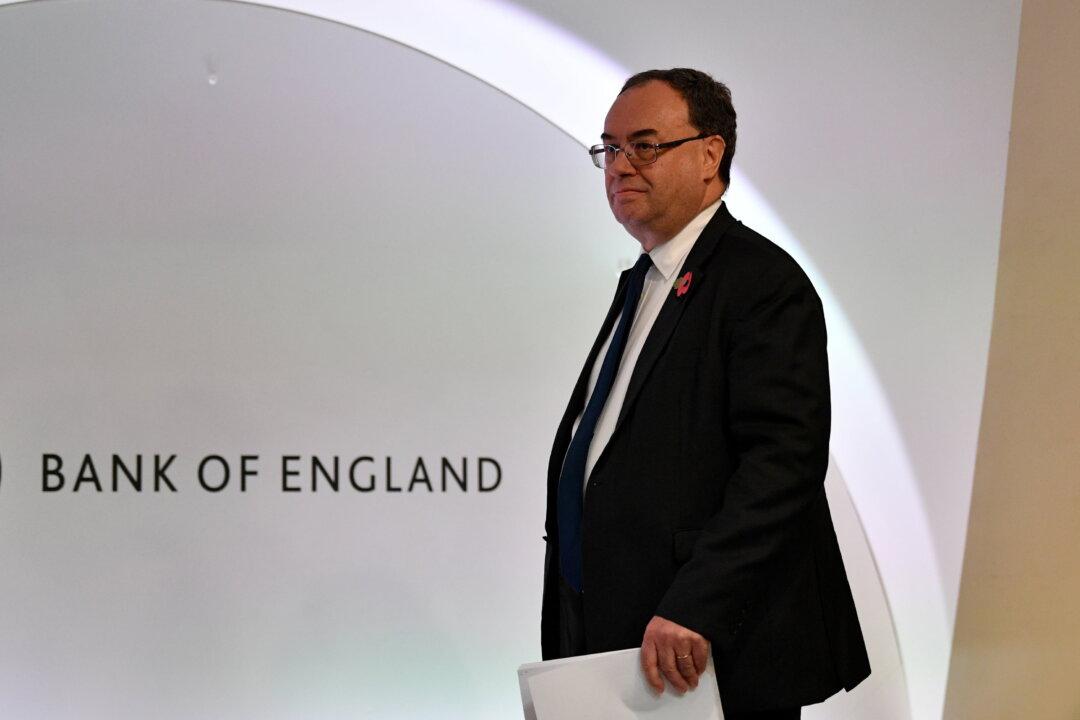The market for global bonds historically has been safe and subdued. However, in 2022, the international bond market has turned extremely volatile, with the selloff resulting in trillions of dollars’ worth of losses.
From U.S. Treasurys to UK gilts, many advanced economies have been affected by the chaos unfolding in the industry.
US Treasury Buybacks
Following a speech last week, U.S. Treasury Secretary Janet Yellen acknowledged that “we are worried about a loss of adequate liquidity in the market.” As a result, the Treasury Department could begin intervening in the $22.6 trillion U.S. government debt market, the world’s largest, by engaging in bond buybacks.
Treasury officials revealed that it would explore talks with primary dealers this month about the possibility of acquiring older debt to prevent market instability comparable to what recently occurred overseas. The move would bolster liquidity, mitigate volatility in Treasury bill issuance, and resolve potential market concerns. However, there could be costs to this program, the department warned.
“To create the cash needed to fund buybacks, Treasury would need to increase issuance of either bills or coupons, which would need to factor in quarterly refunding needs. Raising issue sizes could also be costly; for example, by increasing auction concession sizes and on-the-run yield levels,” the Treasury said in a report. “Buybacks that are too variable in size or timing might be at odds with Treasury’s regular and predictable debt management strategy.”





